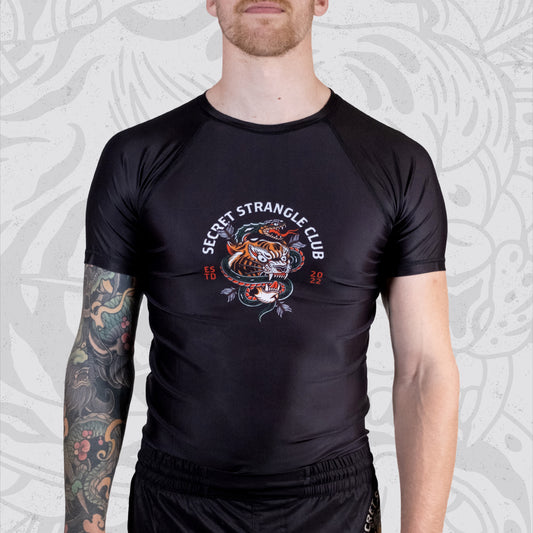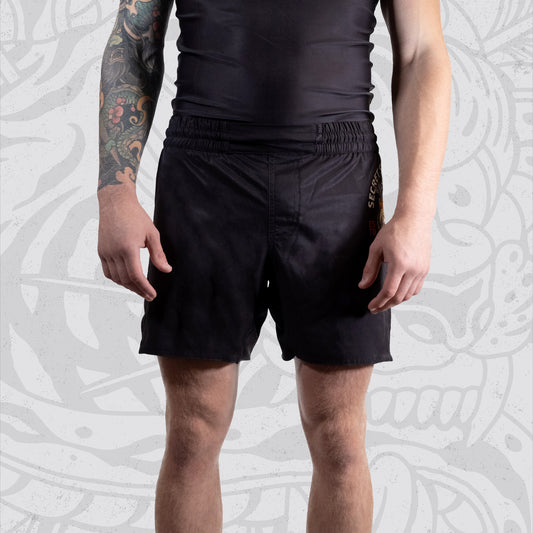The 6 Essential No-Gi Open Guard Concepts
*Blog Disclaimer: As always, this blog is an opinion, from the author.. not gospel, don’t get ya gi pants in a twist. Oss
Today, we’re going to dive into the most essential concepts for building a dangerous, strong open guard in no-gi.
These ideas will help you improve your ability to retain guard while simultaneously creating offensive threats and making your bottom game harder to shut down.
This will be beneficial whether you’re playing against wrestlers, guard passers, or leg lockers.
Let’s begin:
Work Rate and Retention
Maintaining a high work rate is a key part of any good guard.
Guard retention isn’t about laziness, it’s about staying active, mobile, and making your opponent’s job (passing) as hard as possible. If you’re waiting for them to come to you, you’re already losing.
A good guard is offensive but not chaotic. Take risks, but calculated ones.
Learn how to maintain a high work rate without gassing yourself out – but more on that in a moment.
Distance Management with Frames
One of the most important concepts in guard retention is using posts to manage distance.
Use your feet, knees, hands, and forearms to post on your opponent’s hips and shoulders. You want to keep them out of chest-to-chest range, especially in positions like half guard.
Chest-to-chest positions are where an offensive guard goes to die. You get pinned, flat, and reacting.
Avoid this at all costs.
Attack the Entire Body
Don’t fall into the trap of becoming a one-dimensional guard player.
If you only attack legs, you become predictable. If you only chase the back, you won’t get it. Attack the whole opponent in many different ways. Attack their arms, legs, back, and also look to sweep.
The best leg lockers use upper body attacks to force reactions and then slip into entries. All good attacks should be disguised.
Chaining Leg Entries with Wrestling Up
This idea made my guard 10x better.
Leg locks and wrestling up go hand in hand.
If your opponent defends your leg entry, that’s the perfect moment to wrestle up. If they sprawl on your wrestle-up, you can get under them and attack their legs.
Good guard players attack constantly.
It’s not just about butt scooting. Create interplay between attacks and transitions. That’s how your guard becomes elite.
Chaining Back Attacks with Leg Locks
This is an extension of the previous point.
When your opponent defends your back takes, like the berimbolo or kiss of the dragon, they’re often exposing their legs.
When they overreact to leg lock defense, their back is vulnerable. Use this to your advantage. Leg attacks and back takes work together, don’t separate them.
Find Your Safe Spaces and Pacing in Guard
You don’t always have to be working hard. Sometimes you need to slow things down and recover.
Find the “safe spots” where you can take a breath without giving up your position.
Some great resting positions: turtle (when used smartly), 50/50, underhook De La Riva, and seated guard.
These are positions where you can hold, think, and plan your next move.
Closing Thoughts
Guard isn’t about surviving.
It’s about attacking your opponent.
You don’t have to be the flashiest or most flexible guard player, but you do need to understand that a good guard requires a high rate of activity, layered attacks, and intelligent pacing. Build systems, find combinations, and most importantly, stay dangerous.
When your opponent doesn’t know what’s coming next, that’s when your guard becomes a nightmare to deal with.
This blog was written by the Grapplers Diary, Chris Wojcik



